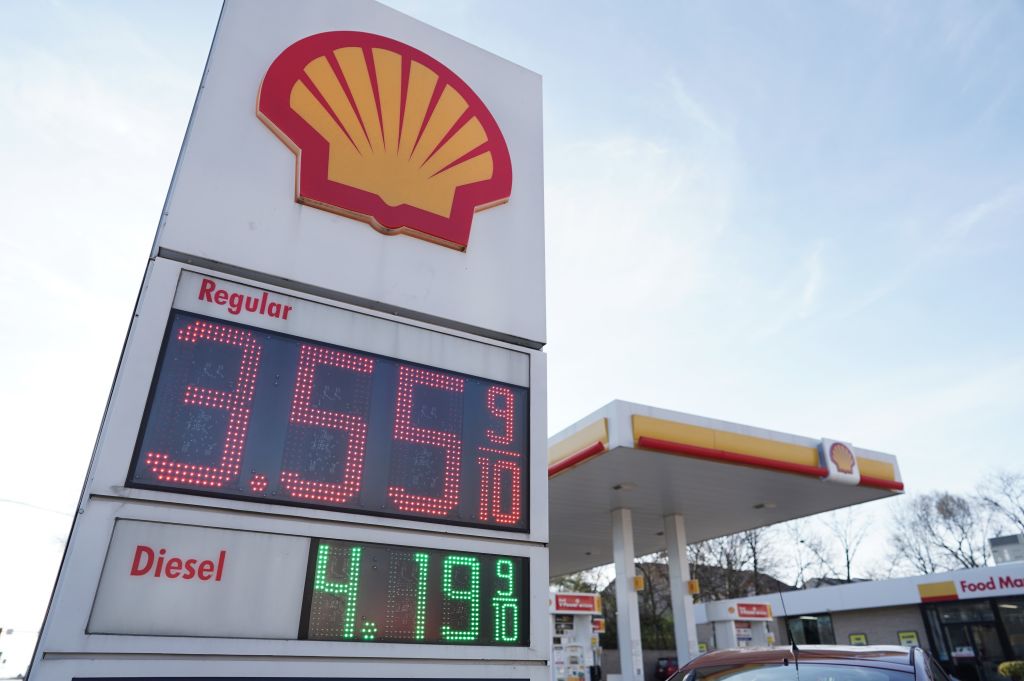An image being shared widely across Facebook, Instagram, and X (formerly Twitter) compares certain measures of the U.S. economy on the final day of Donald Trump’s presidency to current numbers. The image presents eight metrics such as the inflation rate, average rent prices, and real average hourly earnings to draw a contrast between the economy under Trump and under the Biden administration. “Just in case you’re sitting on the fence,” reads the text above the image in many of the posts.
The image appears to originate from Wisconsin Rep. Tom Tiffany, who first posted it on X in September 2022.
While most of the numbers were relatively accurate when the image was first posted, the image that has spread widely again in recent days doesn’t reflect the current state of the U.S. economy. Posters do not acknowledge that much of the data is outdated.
A similar post that appears to have been created more recently and based on Rep. Tiffany’s original is also circulating widely online, but most of its data also is inaccurate.
Here is a breakdown of the eight metrics being used and where the Trump and Biden administrations actually stand, according to the most recent data.
Inflation Rate
In January 2021—the final month of Donald Trump’s presidency—the U.S. Consumer Price Index (CPI) rose by a 1.4 percent annualized rate, compared to 3.2 percent in February 2024 under the Biden administration. However, viewing the annualized inflation rate in any given month is not necessarily the best measure of comparison for longer periods. Between Trump taking office in January 2017 and his departure in January 2021, the U.S. experienced a cumulative inflation rate—meaning the total percentage change in CPI during the period—of approximately 7.76 percent. The U.S. has seen significantly higher inflation rates since Joe Biden took office: CPI rose by a cumulative 18.49 percent between January 2021 and February 2024. This overall rise in prices under the Biden administration—a result of inflationary pressures during his presidency—can be seen in other metrics referenced in the two viral posts.
Average Gas Prices
In January 2021, the average retail gasoline price in the U.S. was $2.42. By February 2024, that average had risen to $3.33, representing a 38 percent increase. Average gas prices actually decreased by 1.6 percent overall during Trump’s presidency, some of which is attributable to the drop in demand and sharp rise in surpluses caused by the COVID-19 pandemic.
30-Year Mortgage Rates
Mortgage rates, which are closely tied to the Federal Funds Rate, also were lower on average during the Trump administration than under Biden. On the final day of the Trump presidency, the average 30-year fixed mortgage rate was approximately 2.84 percent. On March 26, 2024, the same rate sat at approximately 6.75 percent.
Average Rent
The government does not track an average nationwide rent price, but the U.S. Bureau of Labor Statistics measures shelter as a component of the CPI, which can be used to calculate the total approximate change in average housing costs over any given period. According to this data, shelter prices rose by approximately 11.8 percent during Trump’s four years in office while shelter prices have increased by 20 percent thus far during Biden’s term.
Independent research by the real estate firm Rent Group found a similar rise. According to their data on median monthly rents across the country, median rents rose 21 percent from approximately $1,639 per month in January 2021 to $1,981 in February 2024.
Nasdaq
The Nasdaq composite—a stock market index composed of more than 3,000 stocks listed on the Nasdaq Stock Market—is one of the most common measures of the performance of U.S. equity markets alongside the S&P 500 and Dow Jones Industrial Average. The Nasdaq rose from 5,540.08 to 13,197.18 during the Trump administration, an increase of 138.2 percent. Under Biden, the same index has risen from 13,197.18 on the day of his inauguration to 16,315.70 as of close of market on March 26, 2024, a rise of 24 percent.
Grocery Prices
The increase in grocery prices under each president can be measured similarly to the rise in shelter costs by using a component of the CPI—this time its Food at Home average. From January 2017 to January 2021, the average price of food eaten at home in the U.S. rose by 6.5 percent. Between Biden taking office in January 2021 and the metric’s most recent data in February 2024, this same number has risen by 21 percent.
Electricity Prices
The Household Energy component of CPI tracks energy prices. During Trump’s time in office, this cost measure rose by 4.2 percent. So far under Biden, it has increased by approximately 30 percent.
Real Average Hourly Earnings
The final metric included in both posts is the change in real average hourly earnings. In the month that Trump took office, real average hourly earnings in the U.S. (in constant 1982-1984 dollars) were $10.65, according to the Bureau of Labor Statistics. By Trump’s final month in office, this number had increased to $11.43, a 7.3 percent rise. In February 2024, real average hourly earnings had decreased to $11.11, representing an approximate 2.8 percent overall decrease under Biden.
If you have a claim you would like to see us fact check, please send us an email at factcheck@thedispatch.com. If you would like to suggest a correction to this piece or any other Dispatch article, please email corrections@thedispatch.com.









Please note that we at The Dispatch hold ourselves, our work, and our commenters to a higher standard than other places on the internet. We welcome comments that foster genuine debate or discussion—including comments critical of us or our work—but responses that include ad hominem attacks on fellow Dispatch members or are intended to stoke fear and anger may be moderated.